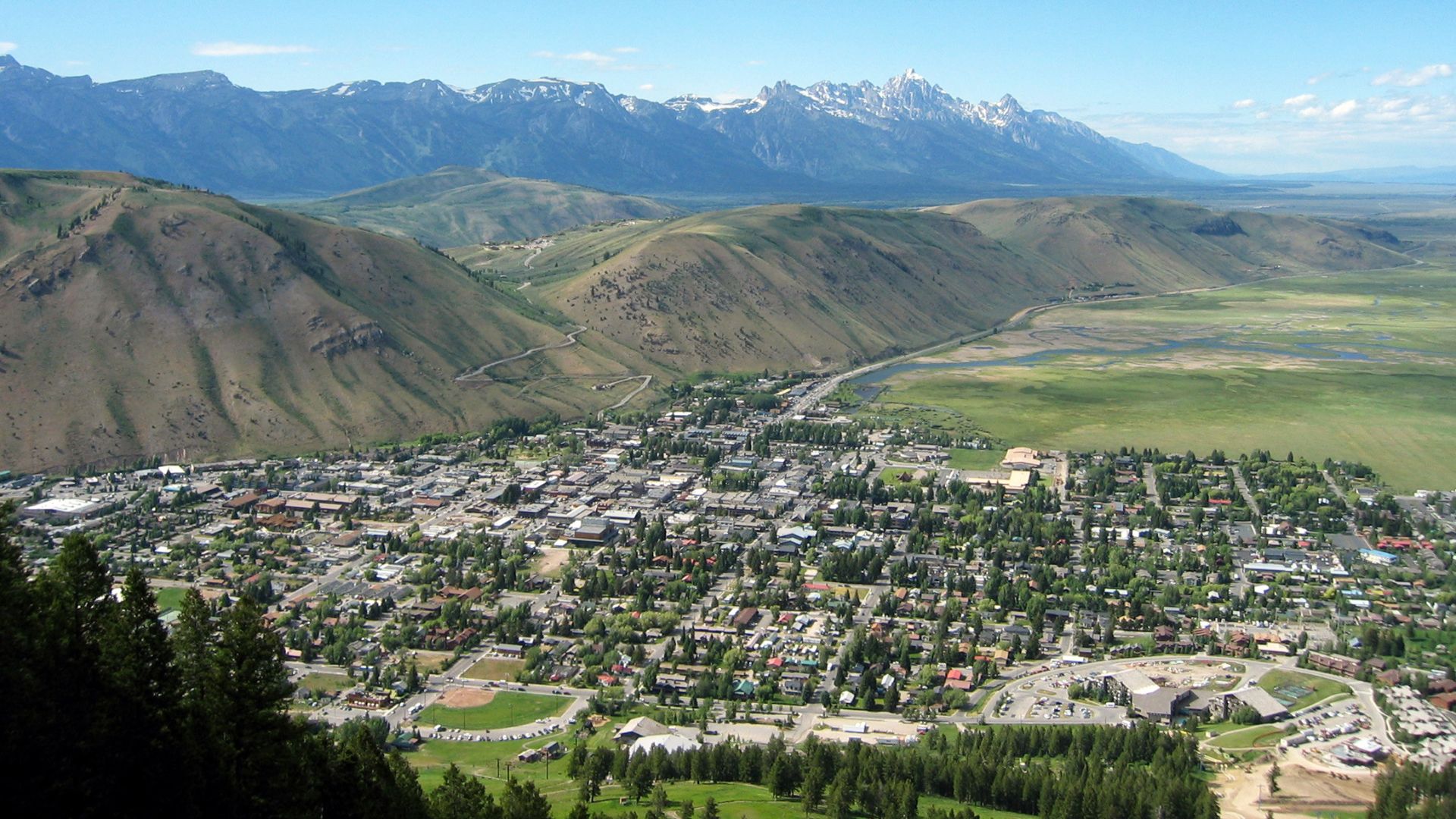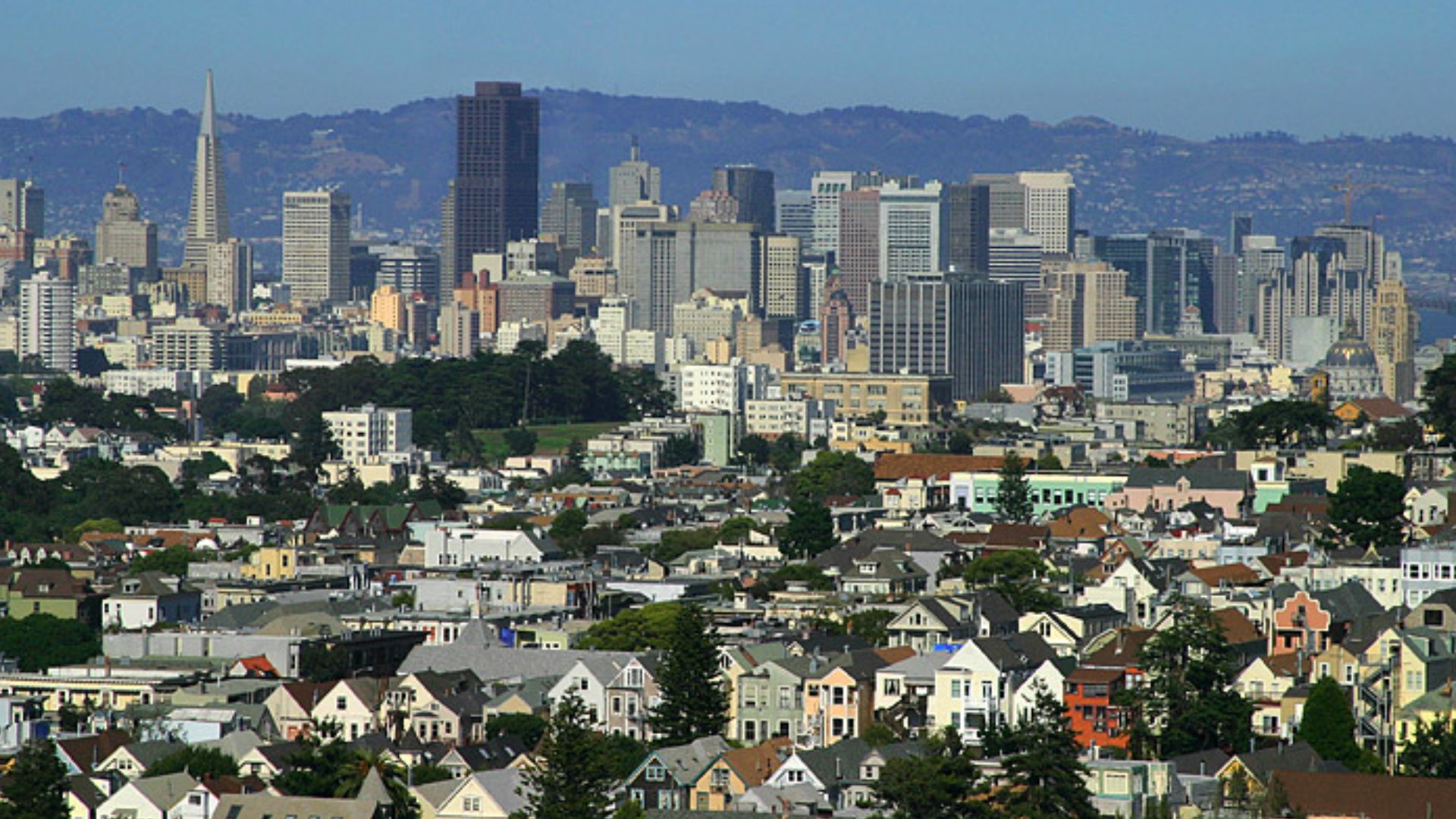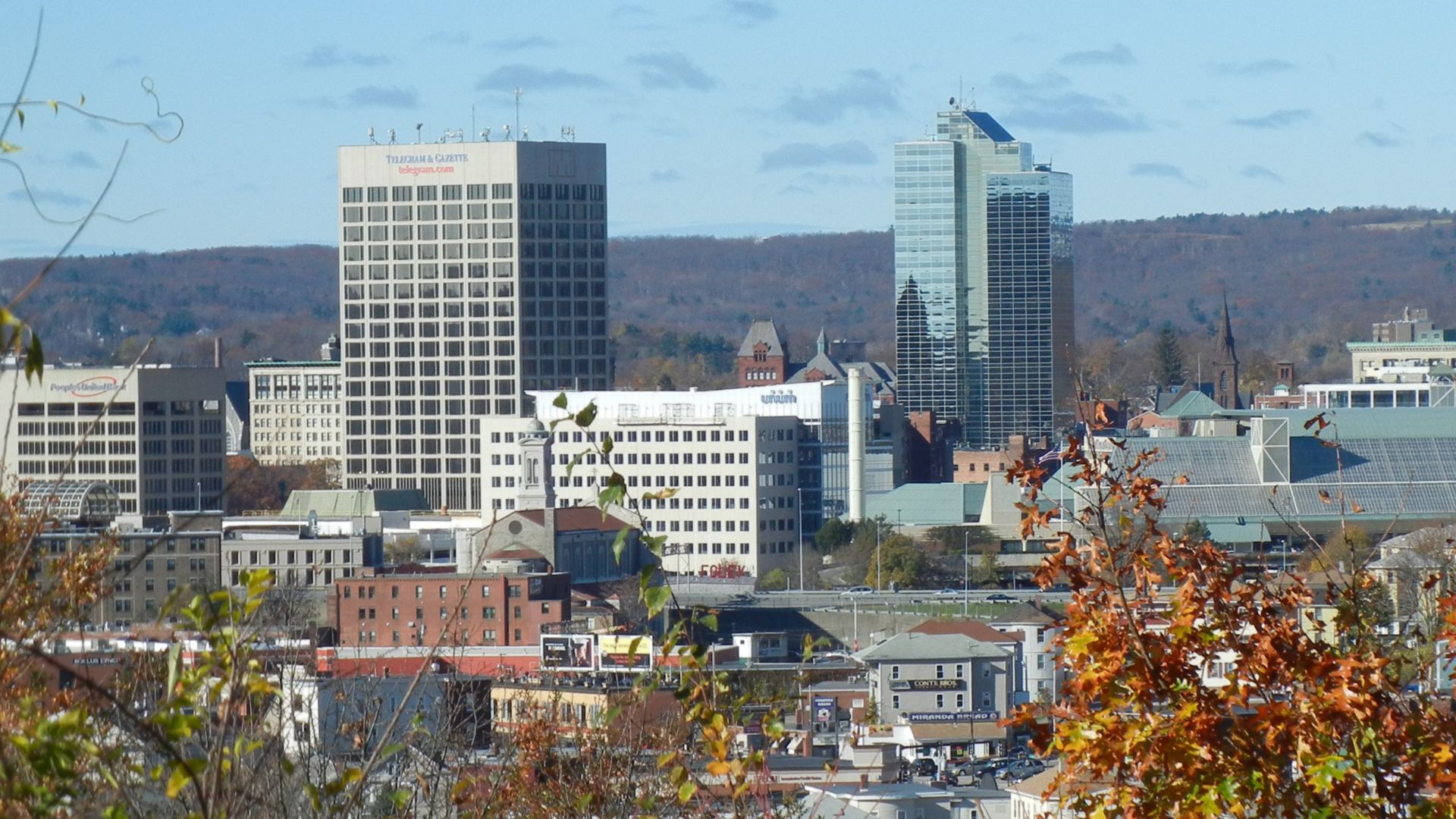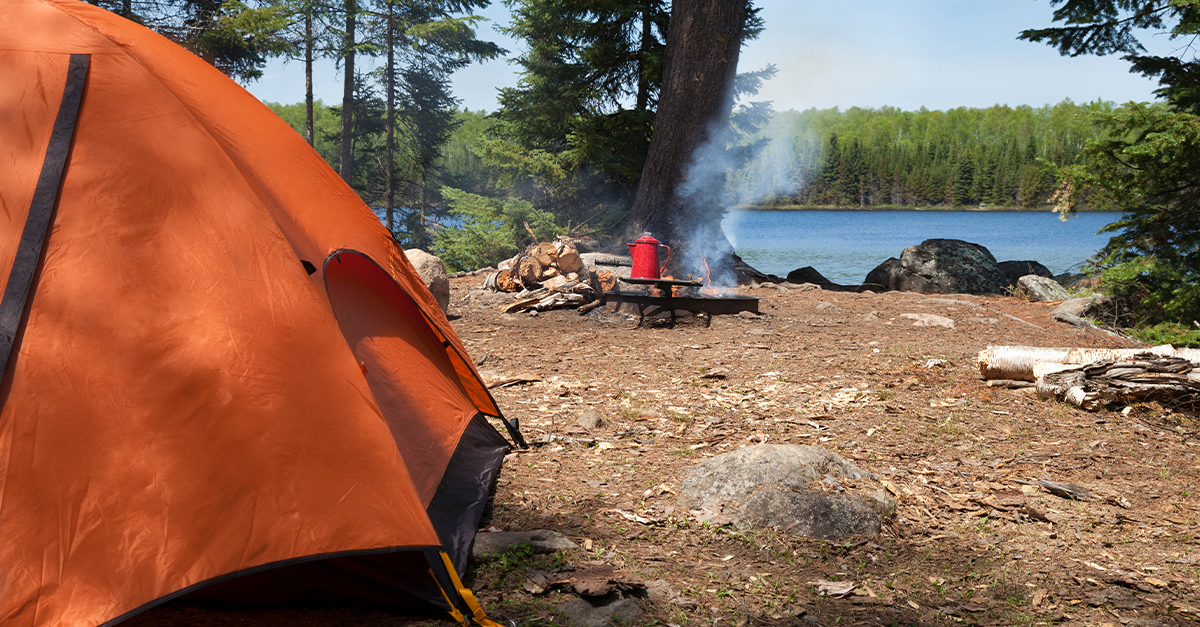When Zombies Attack…
The undead are rising, grocery shelves are bare, and the power grid has gone dark. Some states are ready to hunker down and fight back—others are basically zombie buffets.
To figure out who’s safe and who’s toast, we measured six key zombie-apocalypse survival factors: population density, farmland per capita, freshwater supply, hospitals per capita, Walmart access, and FEMA readiness. The results reveal which states could thrive in the apocalypse—and which ones would crumble fast.
Let’s start with the good news and the top 10 states most likely to survive a Zombie Apocalypse.
10: Colorado
Population Density: 58 per sq. mile
Farmland per Capita: 2.0 acres
Freshwater: Rockies-fed rivers
Hospitals per 100k Residents: 3.0
Walmarts per 100k Residents: 0.7
FEMA Score: High
Colorado’s mountains are ready-made barricades—plus, the scenery softens the apocalypse.
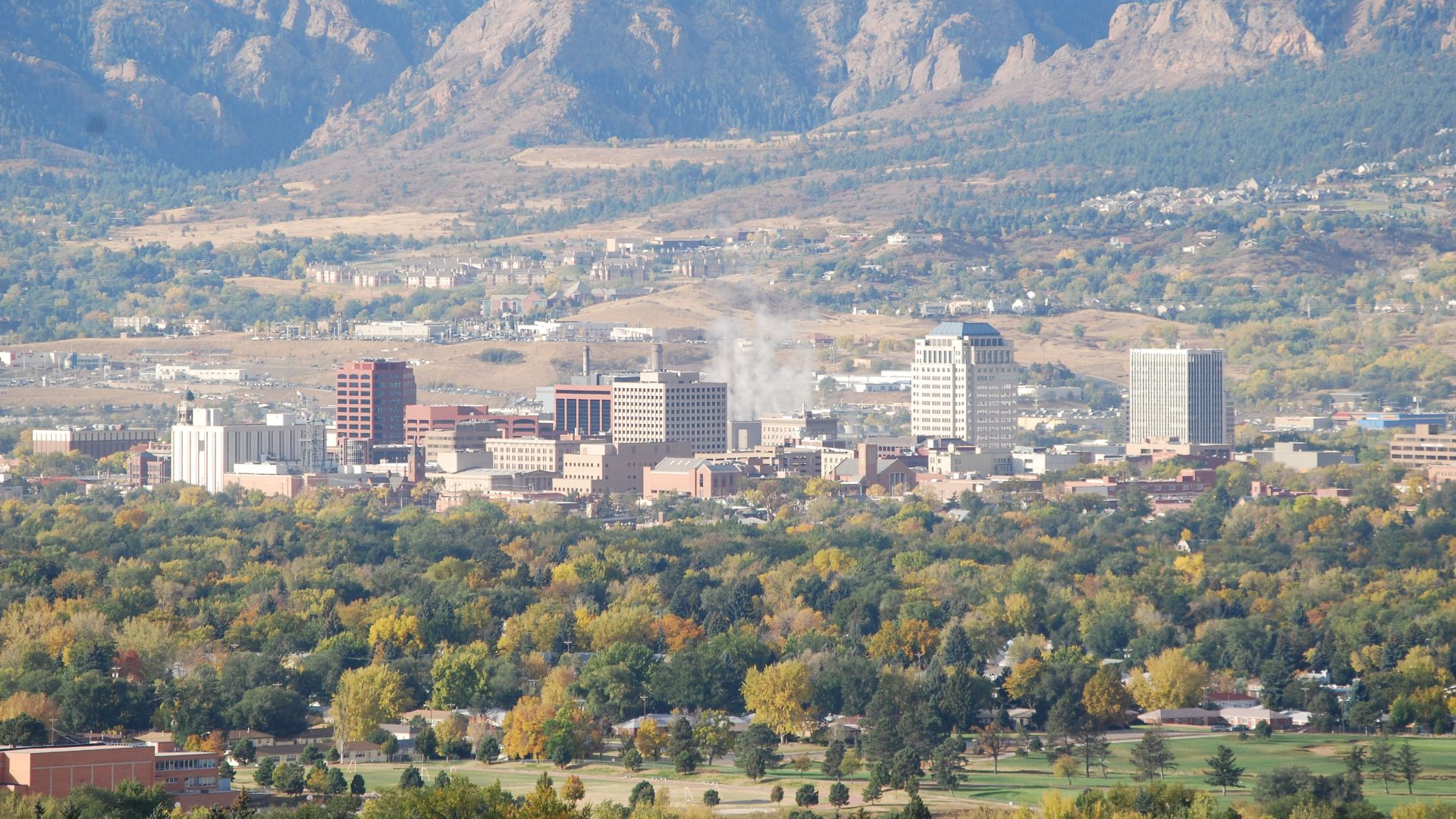 The original uploader was Postoak at English Wikipedia., Wikimedia Commons
The original uploader was Postoak at English Wikipedia., Wikimedia Commons
9: Vermont
Population Density: 68 per sq. mile
Farmland per Capita: 1.7 acres
Freshwater: Lake Champlain and rivers
Hospitals per 100k Residents: 3.2
Walmarts per 100k Residents: 0.5
FEMA Score: Above average
Small but resourceful, Vermont’s farms and tight-knit towns give it strong survival odds.
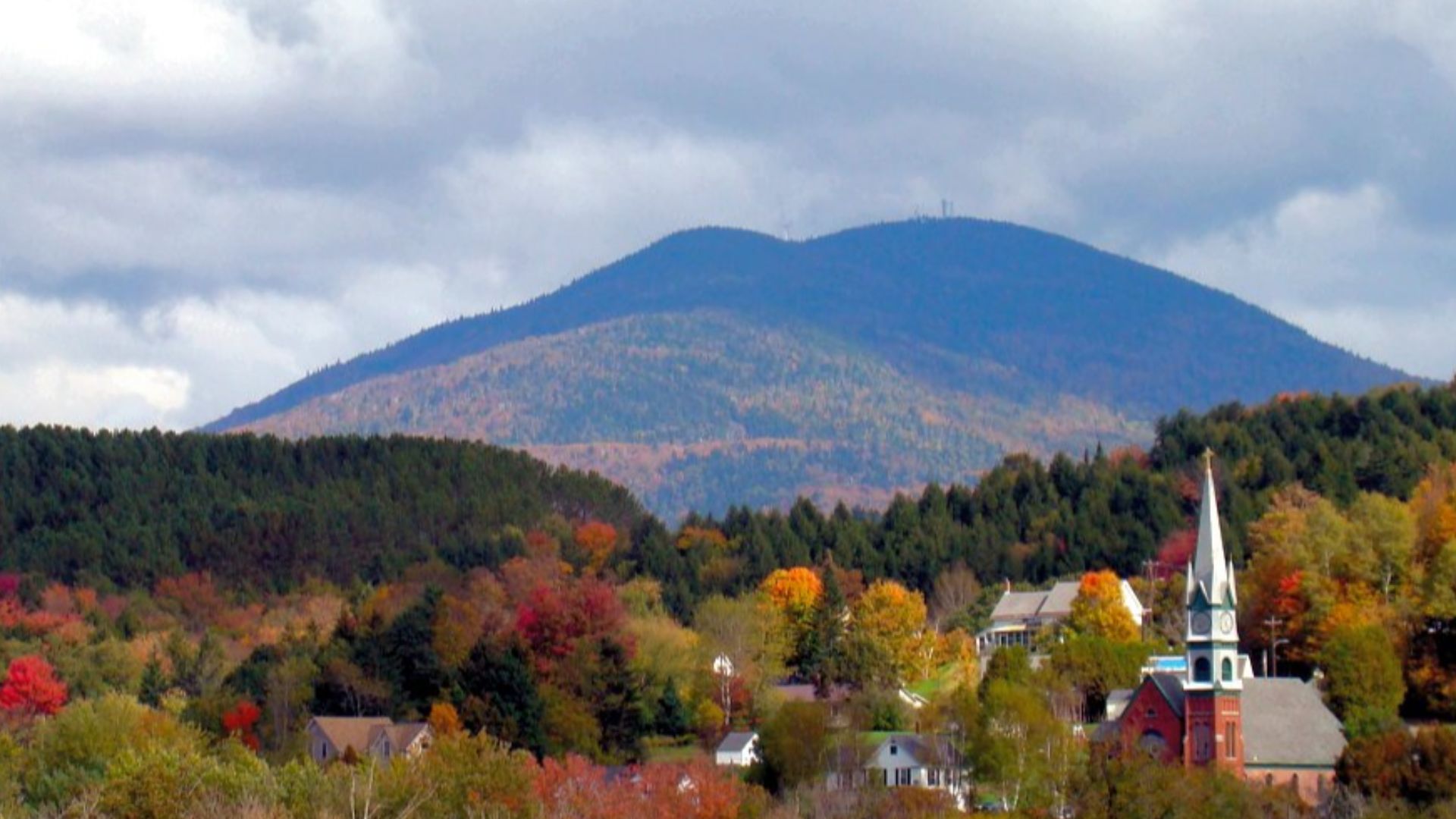 From the nek, Wikimedia Commons
From the nek, Wikimedia Commons
8: Maine
Population Density: 43 per sq. mile
Farmland per Capita: 1.5 acres
Freshwater: Rivers and lakes throughout
Hospitals per 100k Residents: 3.1
Walmarts per 100k Residents: 0.7
FEMA Score: High
Forests, lakes, and strong preparedness make Maine a sleeper pick for apocalypse safety.
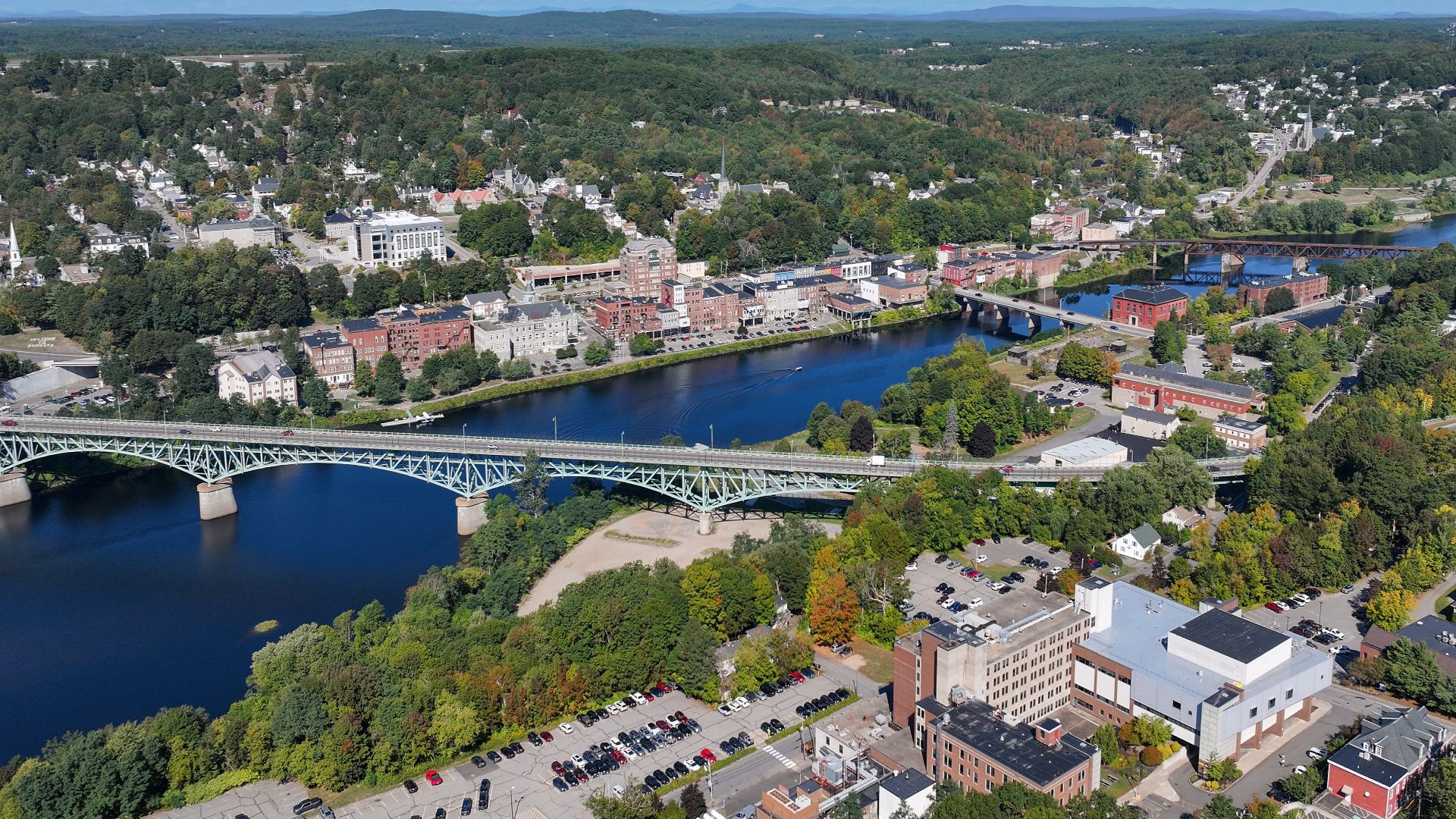 Quintin Soloviev, Wikimedia Commons
Quintin Soloviev, Wikimedia Commons
7: Nebraska
Population Density: 26 per sq. mile
Farmland per Capita: 4.8 acres
Freshwater: Ogallala Aquifer
Hospitals per 100k Residents: 2.8
Walmarts per 100k Residents: 0.8
FEMA Score: Average
With massive farmland and water supplies, Nebraska is basically one big pantry for survivors.
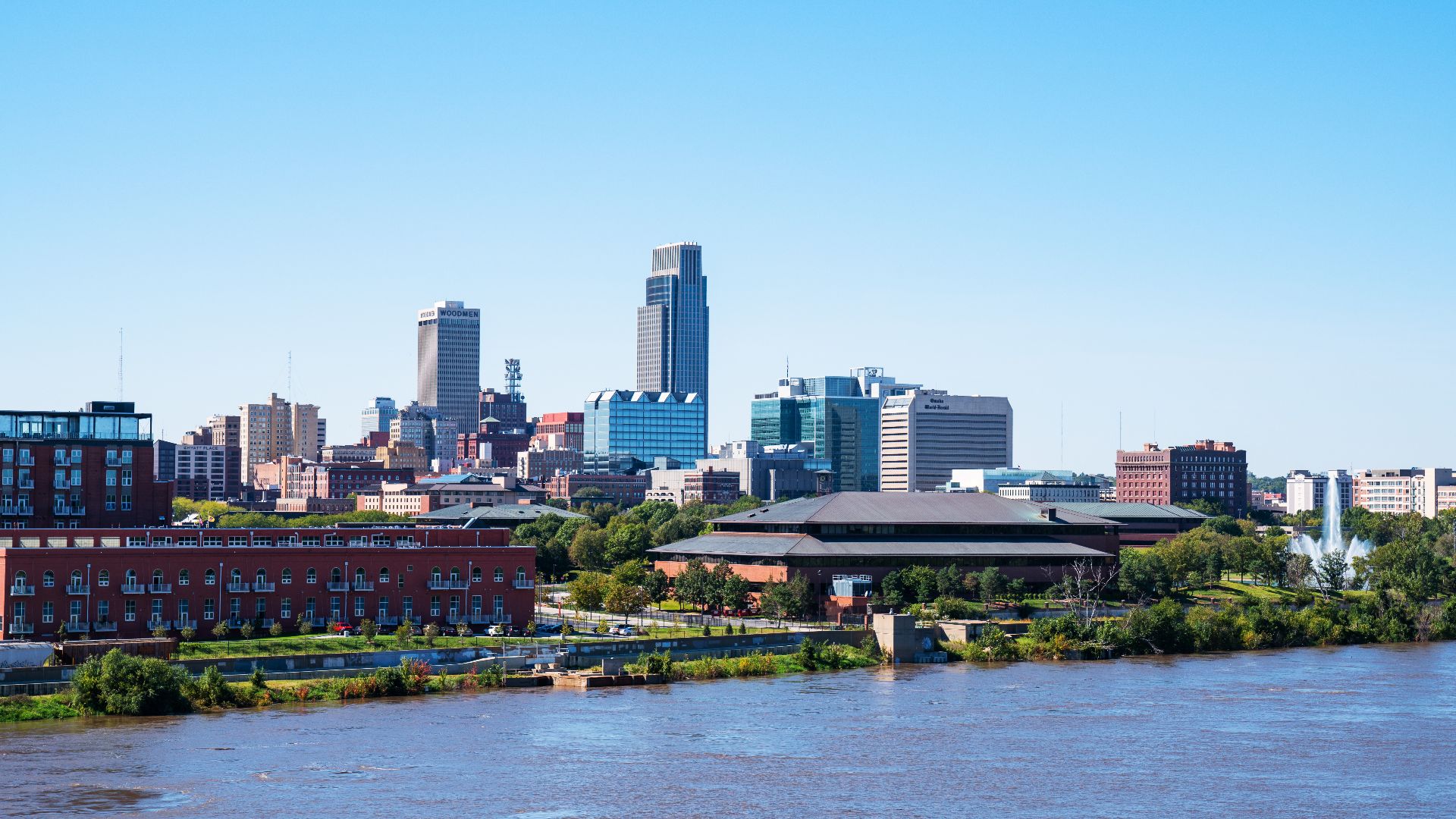 Tony Webster from Minneapolis, Minnesota, United States, Wikimedia Commons
Tony Webster from Minneapolis, Minnesota, United States, Wikimedia Commons
6: Idaho
Population Density: 23 per sq. mile
Farmland per Capita: 3.0 acres
Freshwater: Mountain rivers and lakes
Hospitals per 100k Residents: 2.9
Walmarts per 100k Residents: 0.9
FEMA Score: Above average
Idaho brings potatoes, peaks, and plenty of room to outlast the undead.
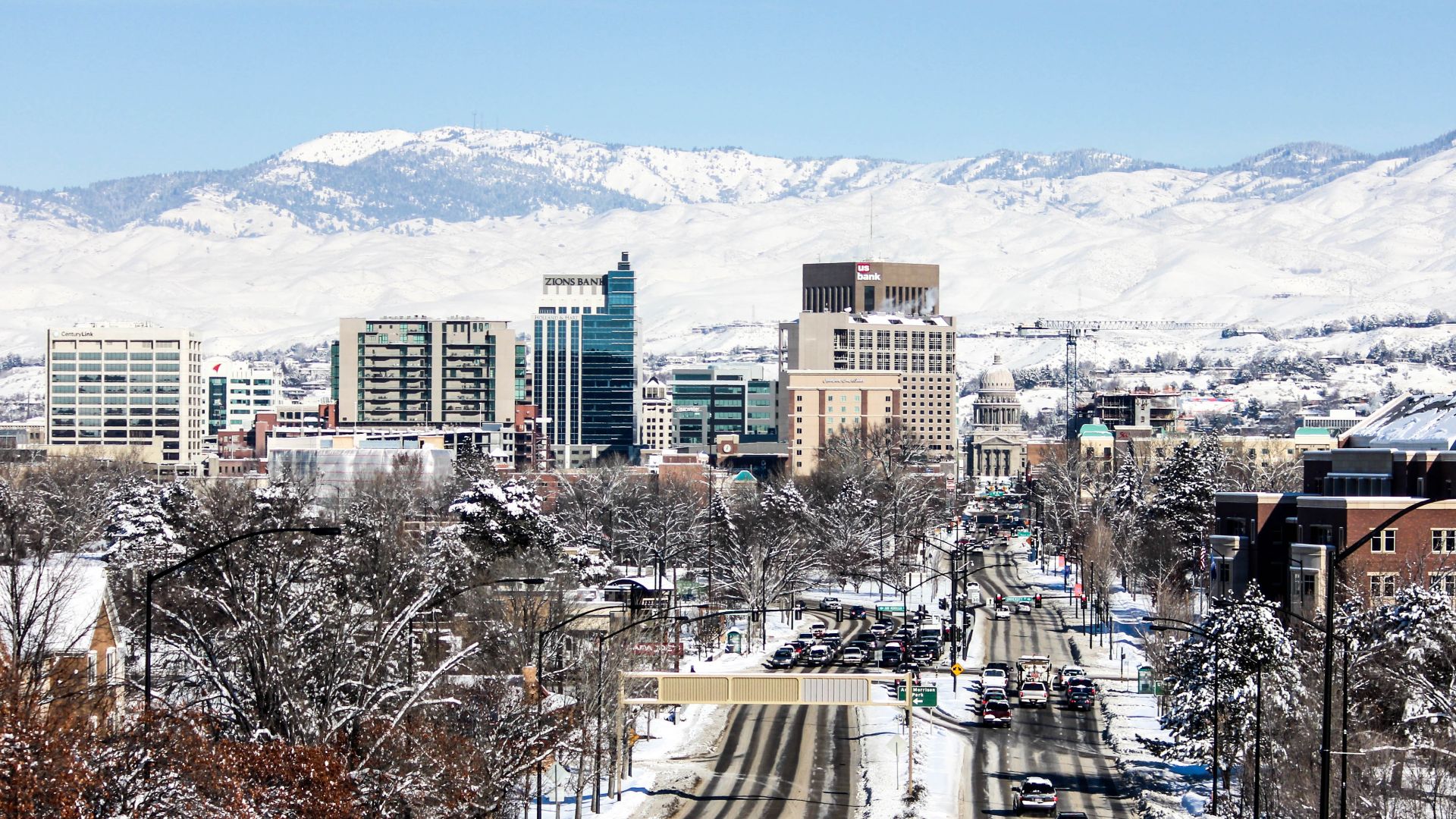 Erin Cave, Boise Chamber of Commerce, Wikimedia Commons
Erin Cave, Boise Chamber of Commerce, Wikimedia Commons
5: South Dakota
Population Density: 12 per sq. mile
Farmland per Capita: 5.5 acres
Freshwater: Missouri River backbone
Hospitals per 100k Residents: 3.0
Walmarts per 100k Residents: 1.0
FEMA Score: Average
From farmland to fresh water, South Dakota has all the basics—and plenty of space to hide out.
 Maxpower2727, Wikimedia Commons
Maxpower2727, Wikimedia Commons
4: North Dakota
Population Density: 11 per sq. mile
Farmland per Capita: 6.0 acres
Freshwater: Strong aquifers
Hospitals per 100k Residents: 3.1
Walmarts per 100k Residents: 1.2
FEMA Score: Solid
With crops for days and space to spare, North Dakota is a survivor’s buffet—not the zombies’.
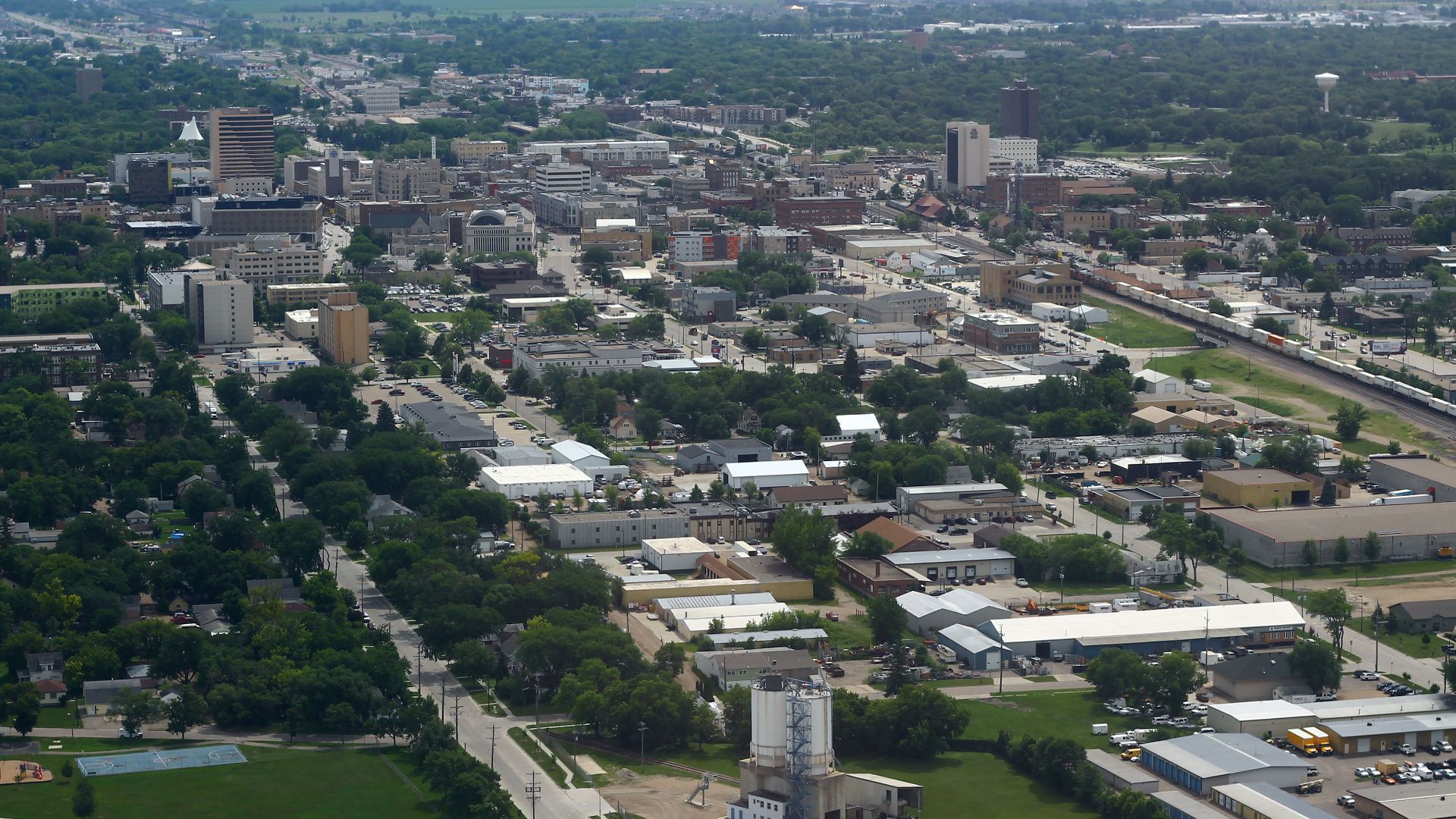 formulanone, Wikimedia Commons
formulanone, Wikimedia Commons
3: Alaska
Population Density: 1 per sq. mile
Farmland per Capita: Low, but rich in wild game
Freshwater: Massive rivers and lakes
Hospitals per 100k Residents: 2.5
Walmarts per 100k Residents: 0.9
FEMA Score: High
The cold slows everything down—zombies included. If the wilderness doesn’t stop them, Alaska will.
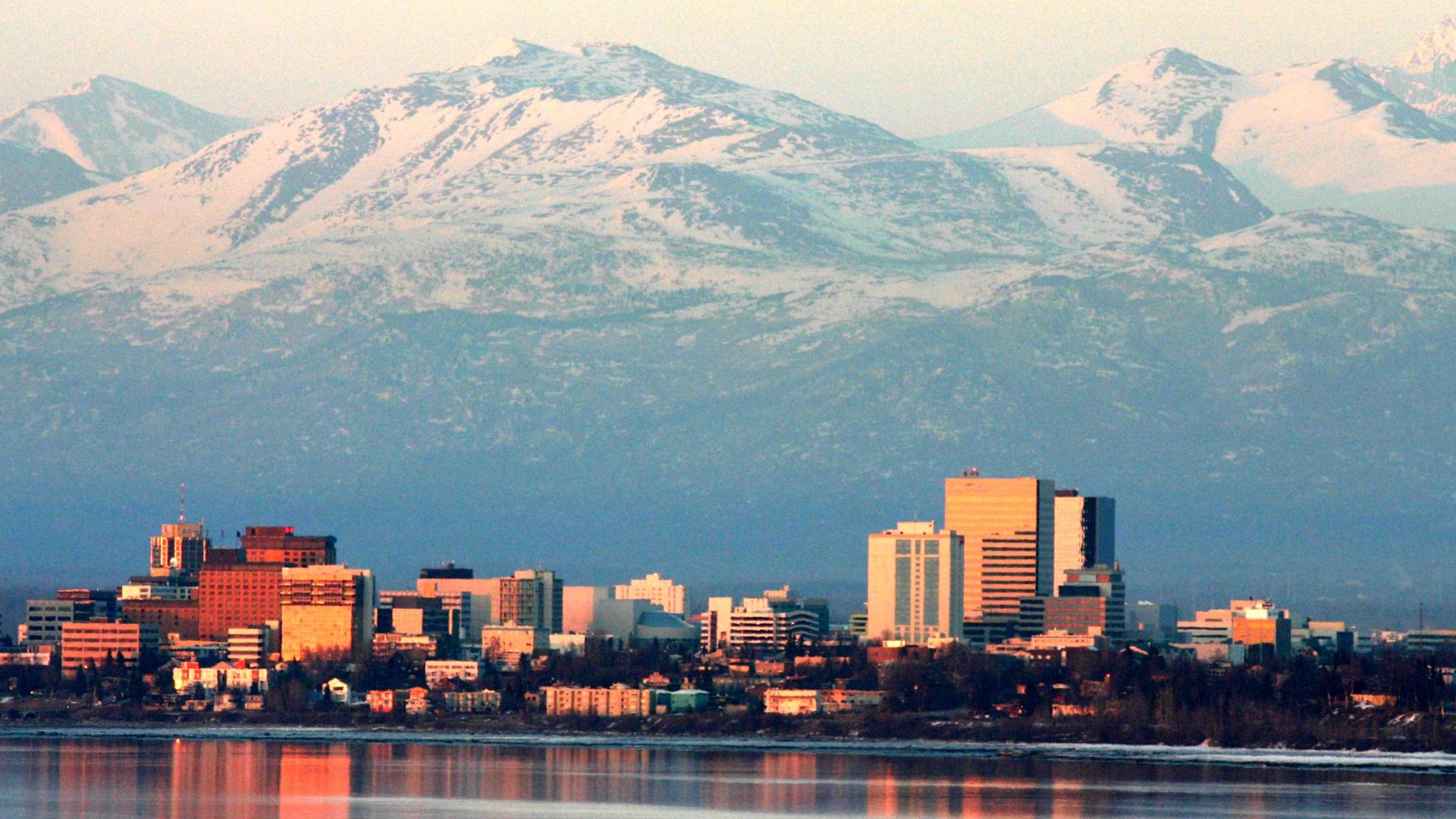 Frank K. from Anchorage, Alaska, USA, Wikimedia Commons
Frank K. from Anchorage, Alaska, USA, Wikimedia Commons
2: Montana
Population Density: 7 per sq. mile
Farmland per Capita: 5.0 acres
Freshwater: Glacier-fed rivers and lakes
Hospitals per 100k Residents: 3.0
Walmarts per 100k Residents: 1.1
FEMA Score: Above average
Big Sky Country doubles as Big Survival Country—remote, self-sufficient, and naturally fortified.
 Quintin Soloviev, Wikimedia Commons
Quintin Soloviev, Wikimedia Commons
1: Wyoming
Population Density: 6 per sq. mile
Farmland per Capita: 5.6 acres
Freshwater: Abundant rivers and aquifers
Hospitals per 100k Residents: 3.2
Walmarts per 100k Residents: 1.6
FEMA Score: Above average
With wide-open plains, endless resources, and more Walmarts than people, Wyoming is basically zombie-proof.
From Safe Havens to Zombie Buffets
Those were the states where you’d want to ride out the end times—big skies, big farms, and plenty of room to run. But not every state is built for survival. Let’s flip the list and see which unlucky places would collapse first when the undead arrive.
10: Nevada
Population Density: 30 per sq. mile
Farmland per Capita: 0.2 acres
Freshwater: Desert scarcity
Hospitals per 100k Residents: 2.2
Walmarts per 100k Residents: 0.5
FEMA Score: Average
Nevada may be empty, but without water and farms, survival odds dry up fast.
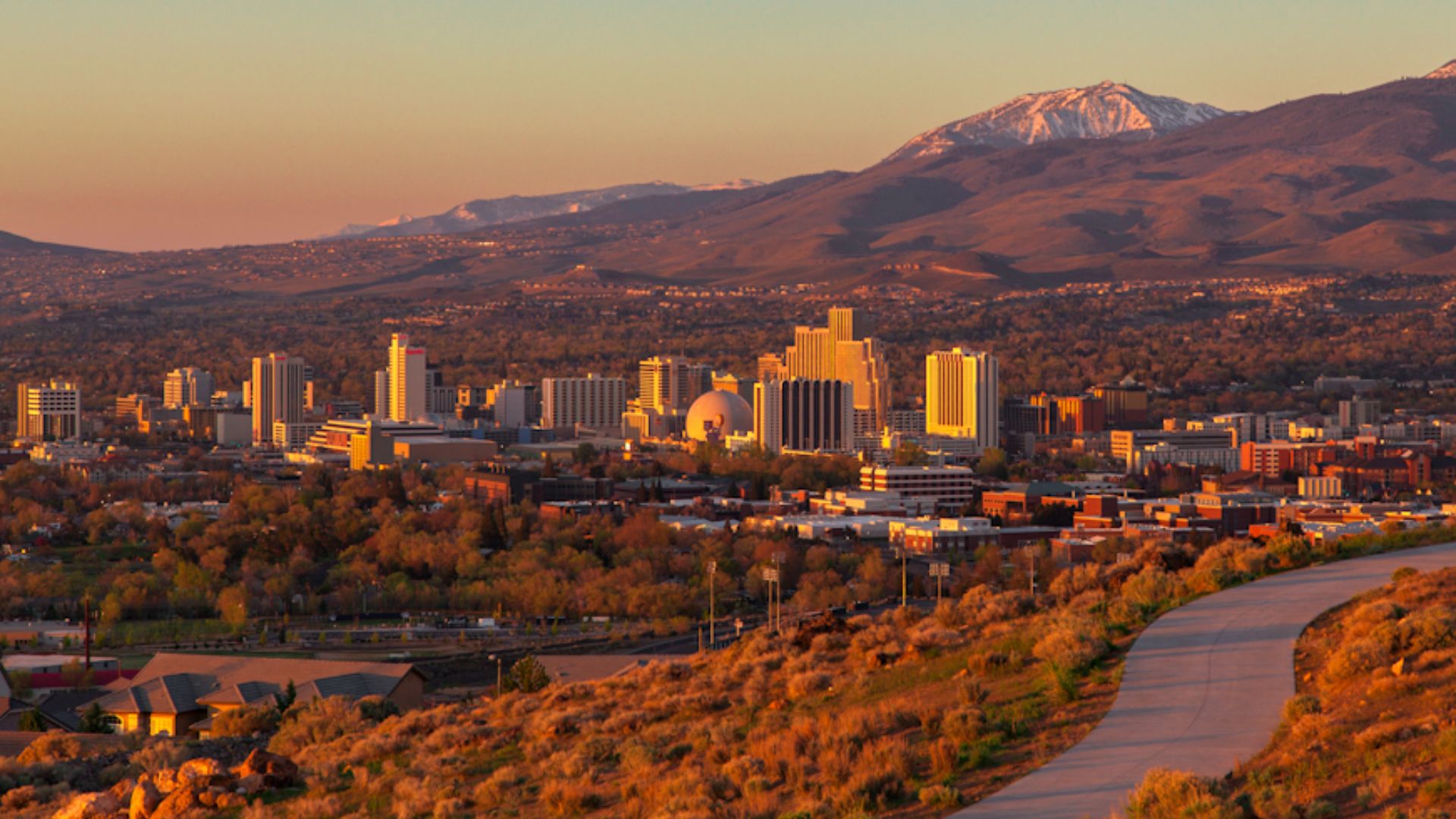 Trevor Bexon, Wikimedia Commons
Trevor Bexon, Wikimedia Commons
9: Hawaii
Population Density: 222 per sq. mile
Farmland per Capita: 0.4 acres
Freshwater: Limited island supply
Hospitals per 100k Residents: 2.5
Walmarts per 100k Residents: 0.3
FEMA Score: Below average
Paradise becomes a prison once the boats stop coming.
 Travis.Thurston, Wikimedia Commons
Travis.Thurston, Wikimedia Commons
8: California
Population Density: 251 per sq. mile
Farmland per Capita: 0.5 acres
Freshwater: Drought-prone
Hospitals per 100k Residents: 2.8
Walmarts per 100k Residents: 0.2
FEMA Score: Below average
Mega-cities and water shortages turn California into a survival nightmare.
7: Florida
Population Density: 419 per sq. mile
Farmland per Capita: 0.4 acres
Freshwater: Swamps and aquifers, but high demand
Hospitals per 100k Residents: 2.7
Walmarts per 100k Residents: 0.4
FEMA Score: Below average
Between heat, hurricanes, and hordes, Florida is zombie paradise.
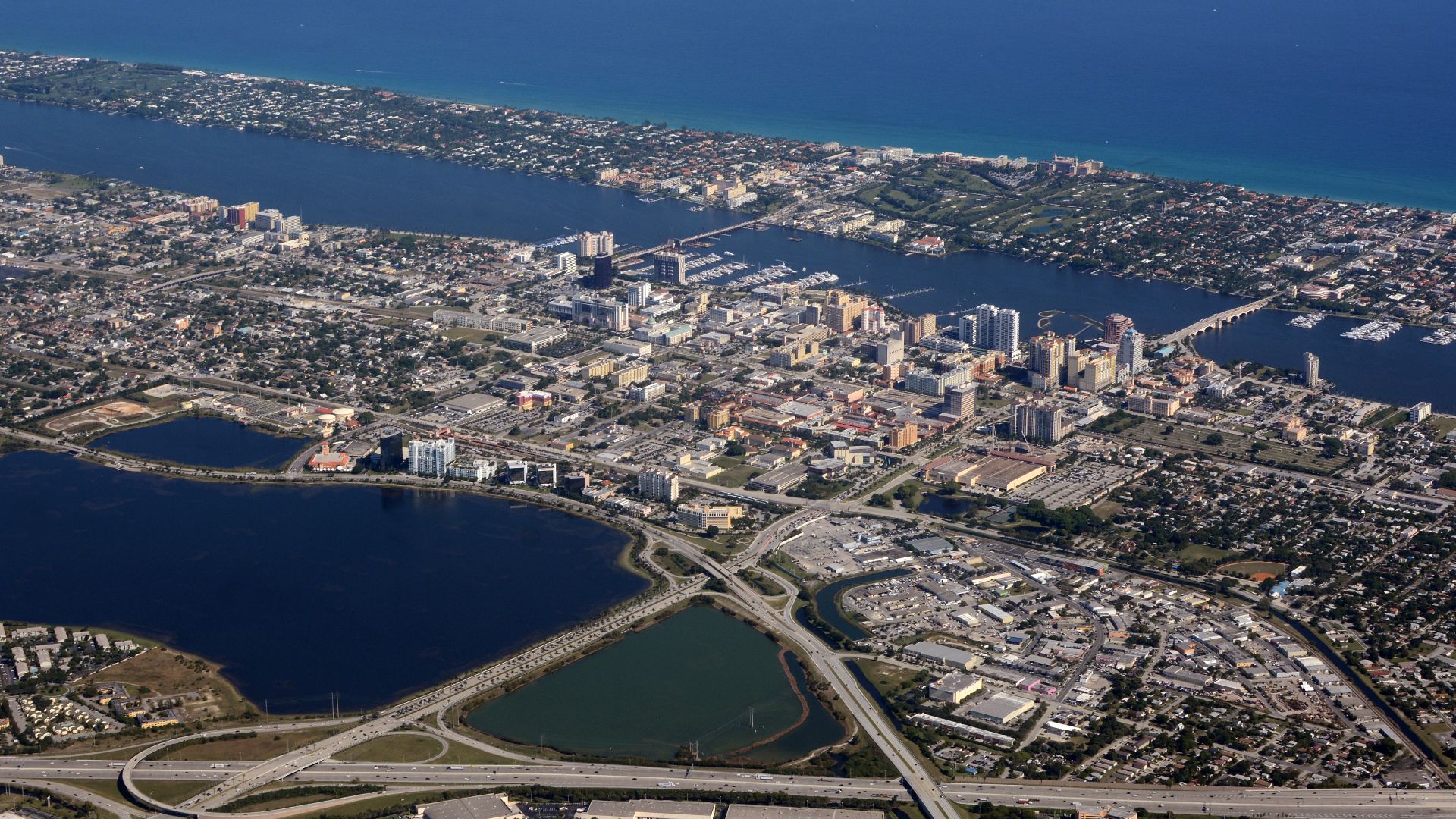 Don Ramey Logan, Wikimedia Commons
Don Ramey Logan, Wikimedia Commons
6: Delaware
Population Density: 508 per sq. mile
Farmland per Capita: 0.3 acres
Freshwater: Limited but usable
Hospitals per 100k Residents: 2.3
Walmarts per 100k Residents: 0.3
FEMA Score: Average
The First State might just be the first to fall when the apocalypse begins.
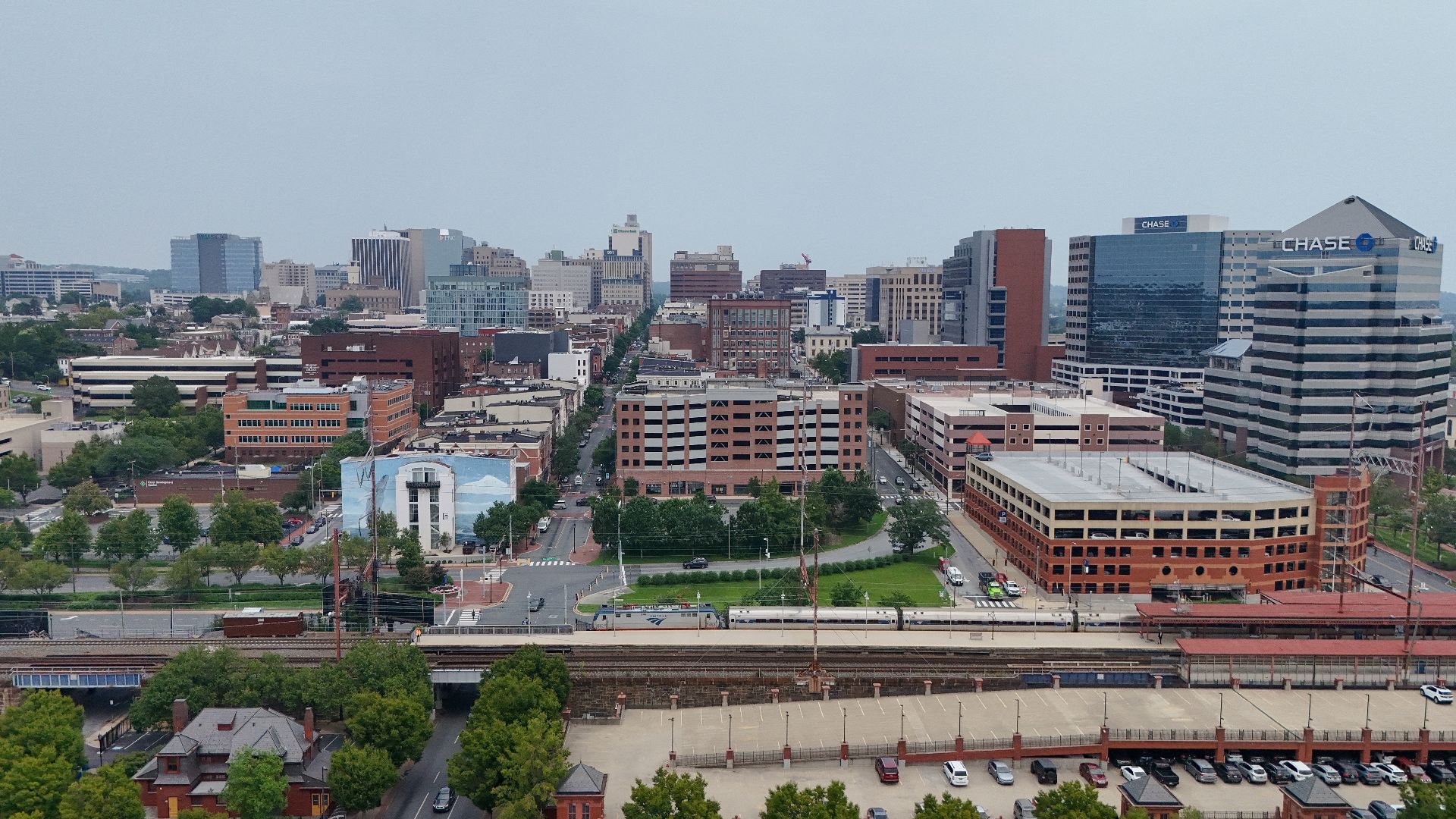 Quintin Soloviev, Wikimedia Commons
Quintin Soloviev, Wikimedia Commons
5: Maryland
Population Density: 626 per sq. mile
Farmland per Capita: 0.3 acres
Freshwater: Chesapeake Bay access, but crowded
Hospitals per 100k Residents: 2.6
Walmarts per 100k Residents: 0.3
FEMA Score: Above average
Even with resources, Maryland’s density means the zombies win.
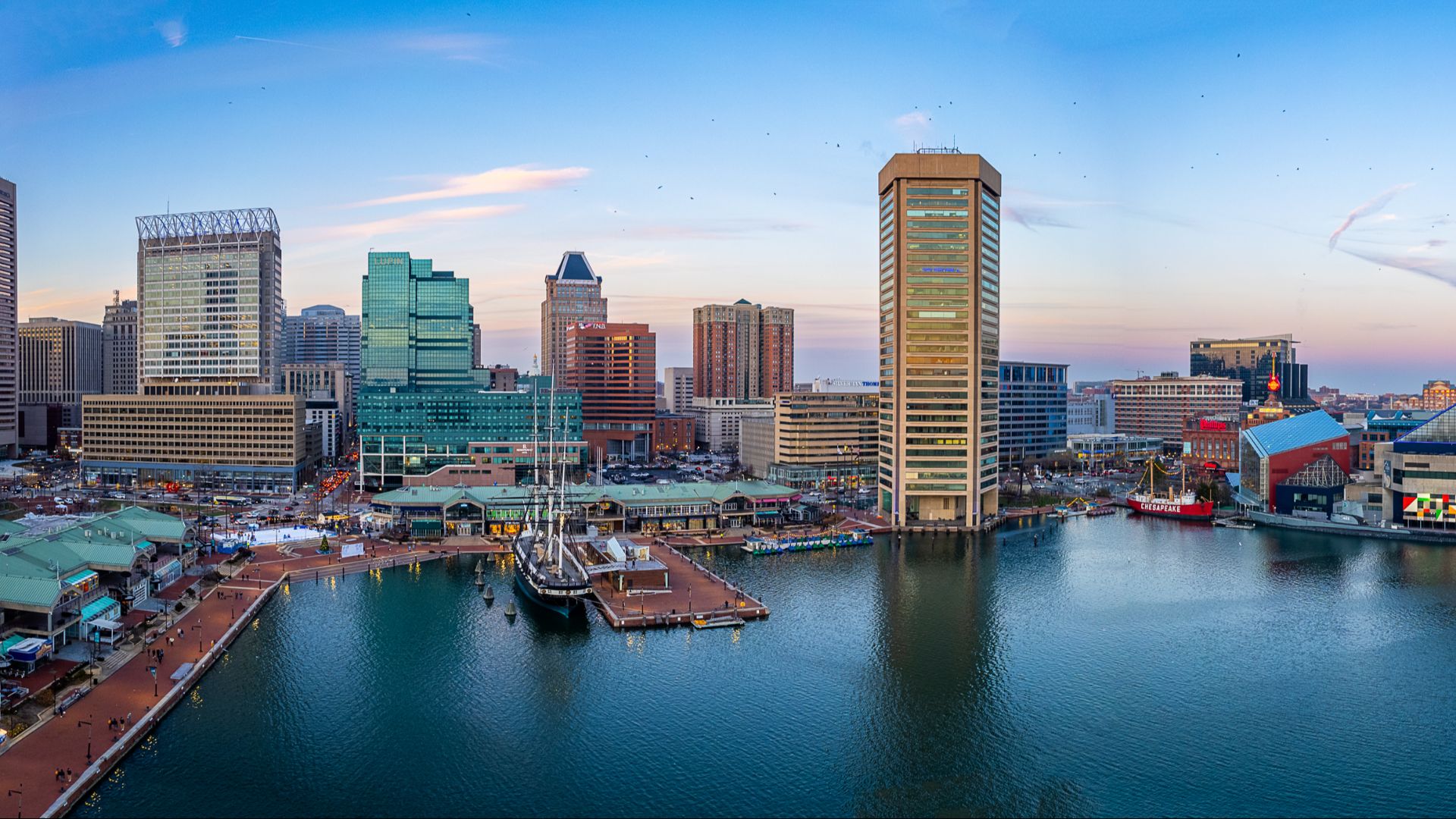 Matthew Binebrink, Wikimedia Commons
Matthew Binebrink, Wikimedia Commons
4: Connecticut
Population Density: 739 per sq. mile
Farmland per Capita: 0.2 acres
Freshwater: Average
Hospitals per 100k Residents: 2.5
Walmarts per 100k Residents: 0.3
FEMA Score: Average
Too many people, too little farmland—Connecticut’s survival odds are slim.
3: Massachusetts
Population Density: 897 per sq. mile
Farmland per Capita: 0.2 acres
Freshwater: Moderate, but strained
Hospitals per 100k Residents: 2.4
Walmarts per 100k Residents: 0.3
FEMA Score: High
Boston is no match for a swarm—Massachusetts would be overrun fast.
2: Rhode Island
Population Density: 1,060 per sq. mile
Farmland per Capita: 0.1 acres
Freshwater: Scattered, small rivers
Hospitals per 100k Residents: 2.2
Walmarts per 100k Residents: 0.2
FEMA Score: Average
The smallest state gives you nowhere to run—zombies just need to shuffle in circles.
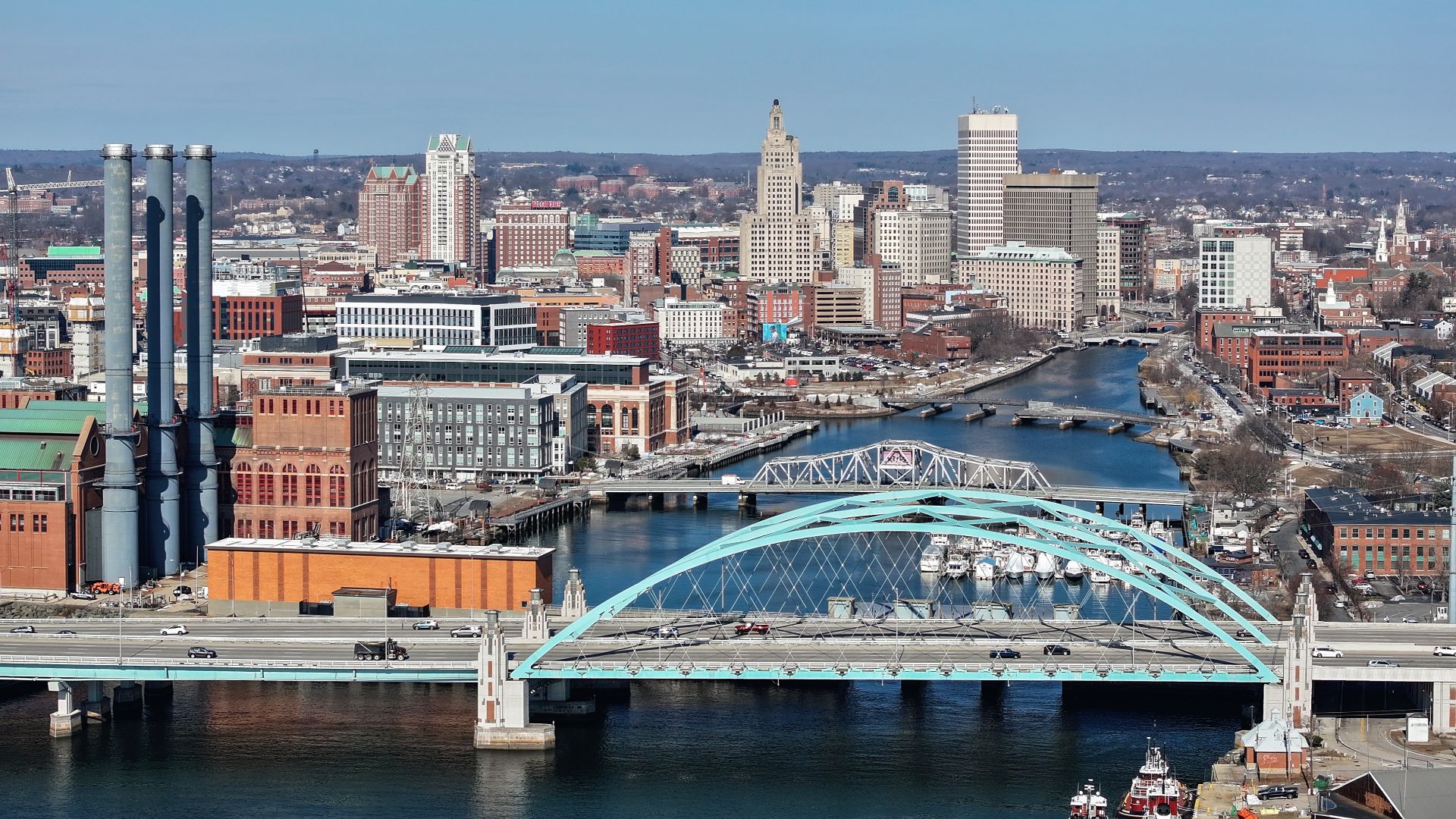 Quintin Soloviev, Wikimedia Commons
Quintin Soloviev, Wikimedia Commons
1: New Jersey
Population Density: 1,300 per sq. mile
Farmland per Capita: 0.1 acres
Freshwater: Limited and overused
Hospitals per 100k Residents: 2.1
Walmarts per 100k Residents: 0.2
FEMA Score: Below average
In New Jersey, you won’t even make it out of your cul-de-sac before the zombies catch up.
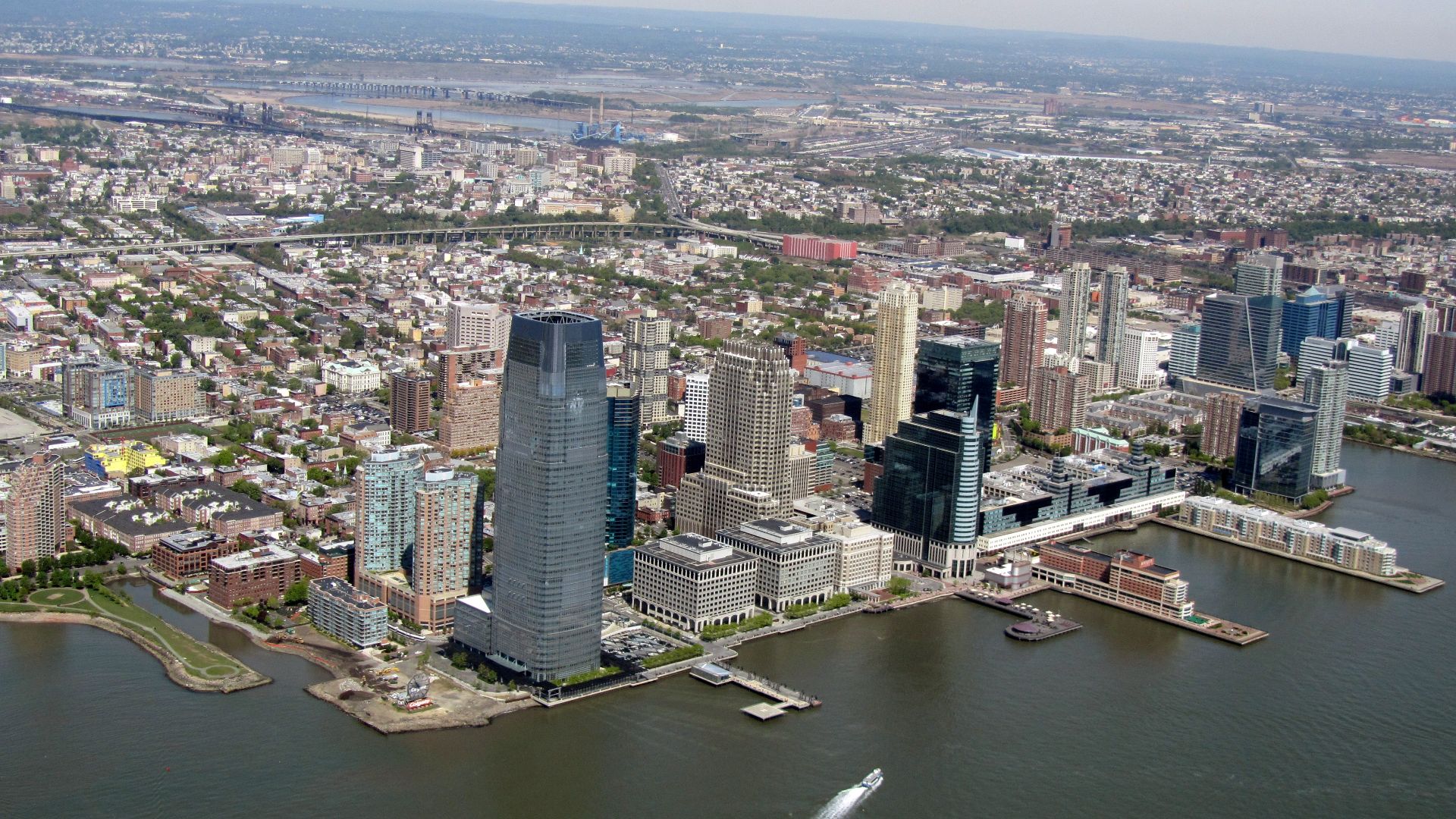 David Jones, Wikimedia Commons
David Jones, Wikimedia Commons
Where to Run When the Dead Rise
So, what did we learn? Head west—or north—if you want to make it. Wyoming, Montana, and Alaska give you space, resources, and survival odds in your favor. But if you’re stuck in New Jersey or Rhode Island… maybe start practicing your sprint speed. Because when the zombies come, location really is everything.
You Might Also Like:
The Most Dangerous Selfie Spots In The World
Every Country With A Better Quality Of Life Than The United States—Ranked According To Data


